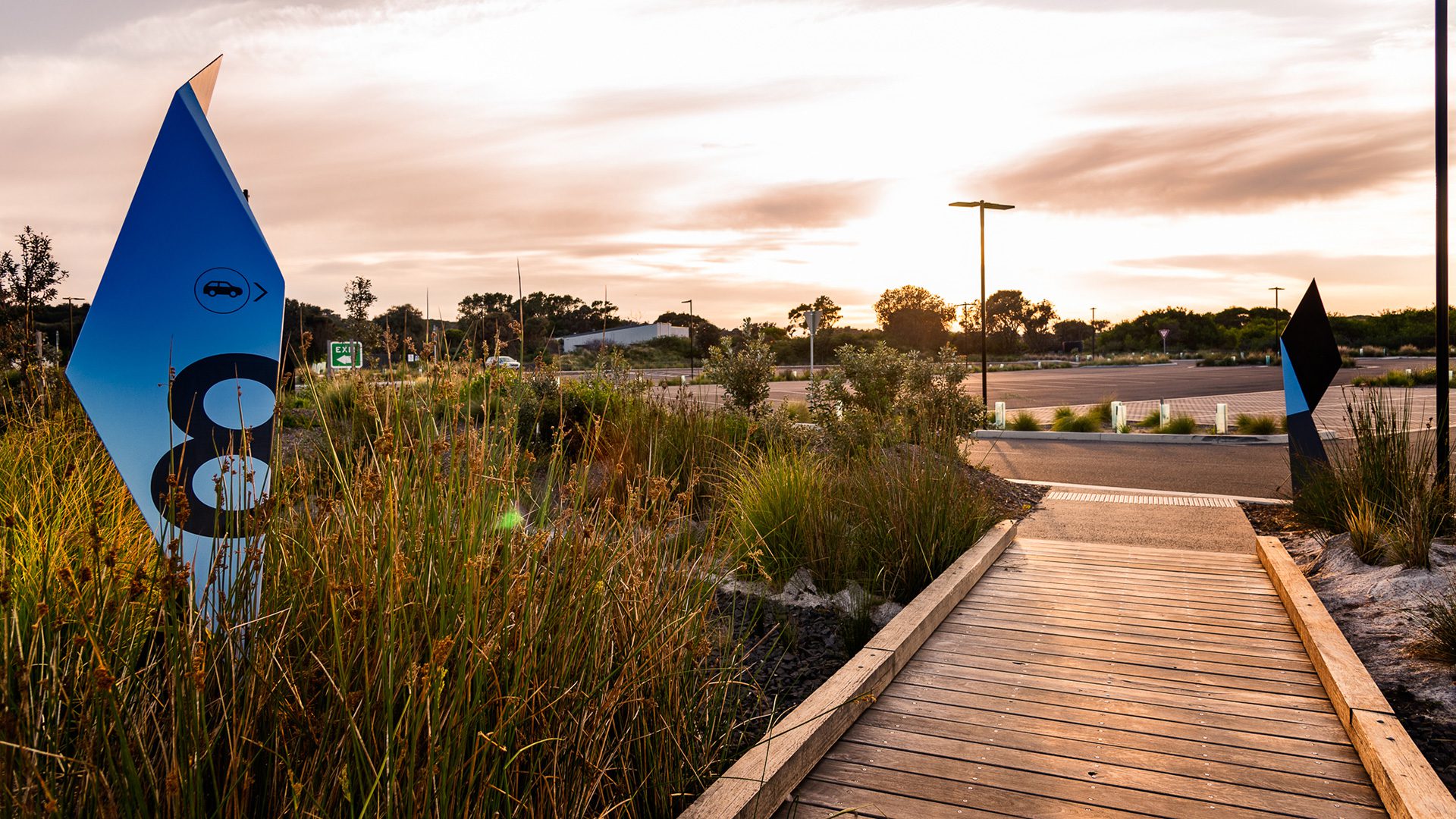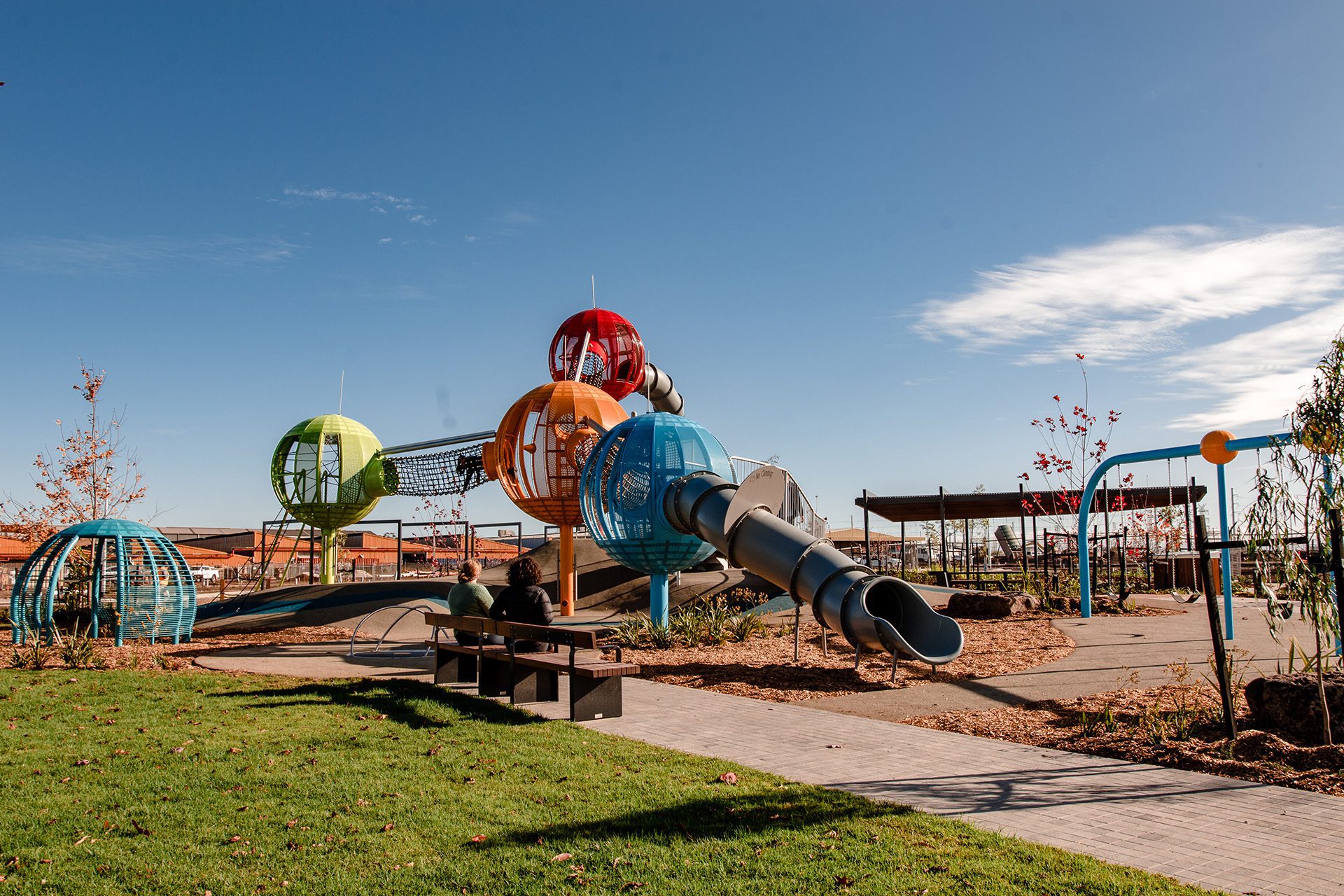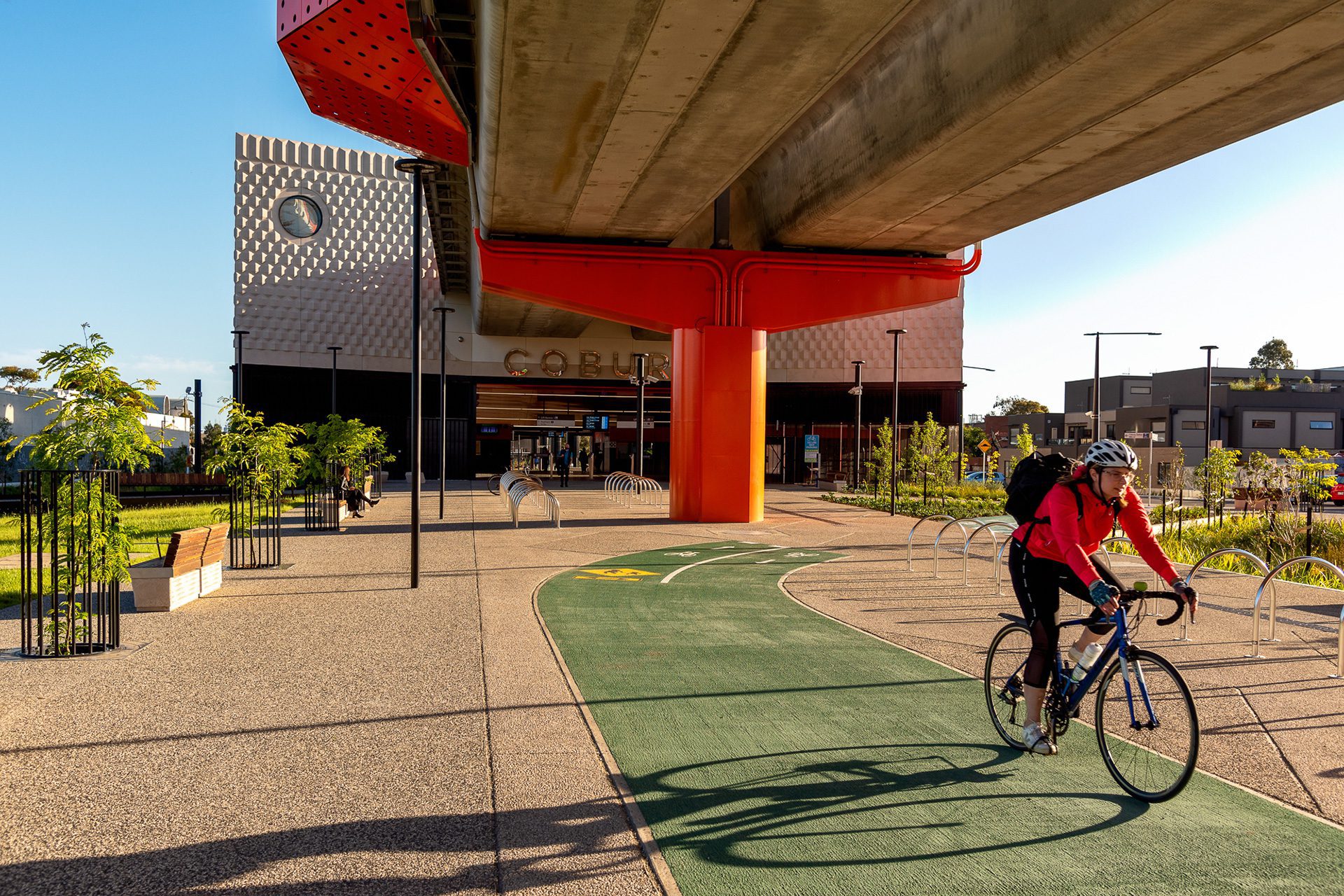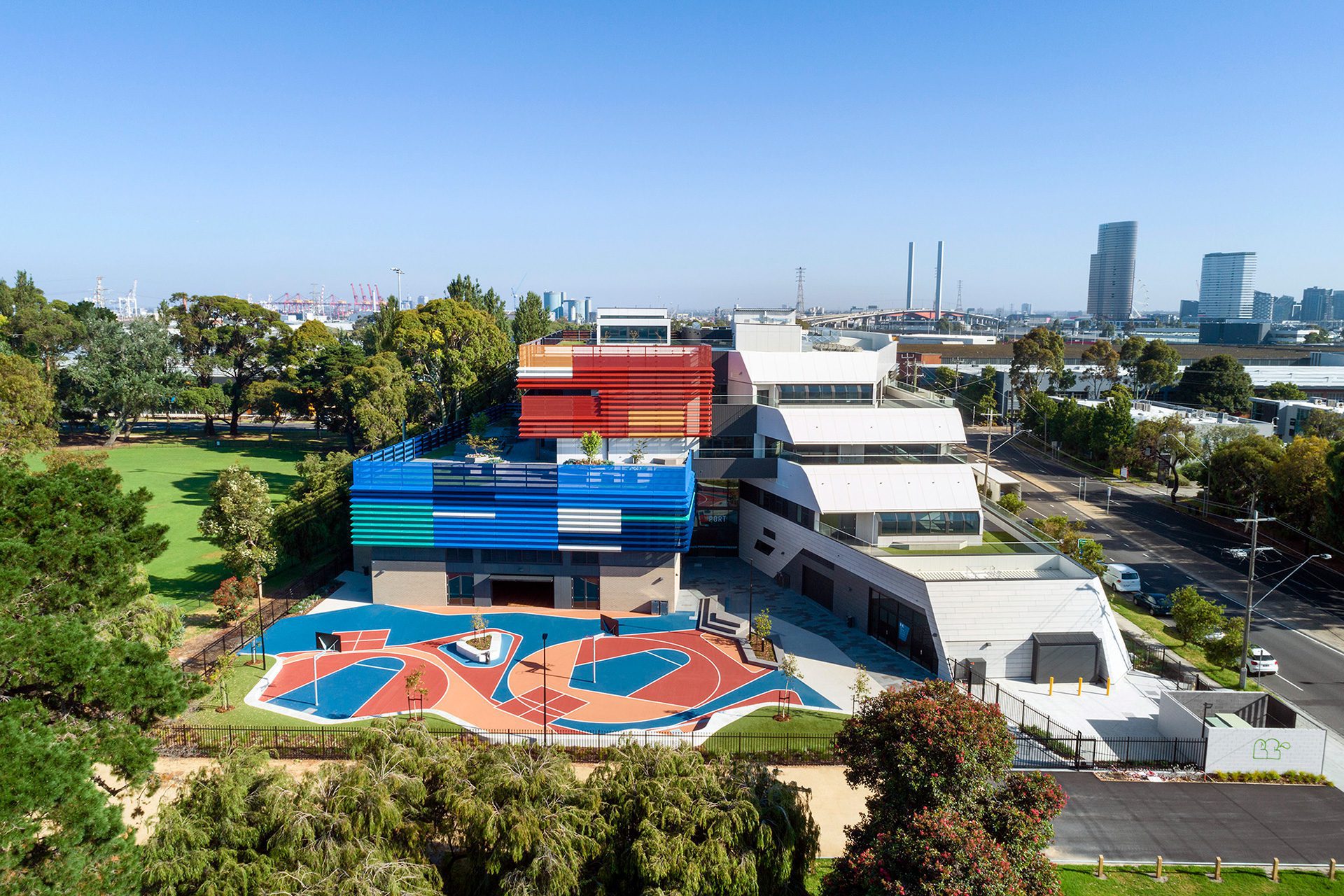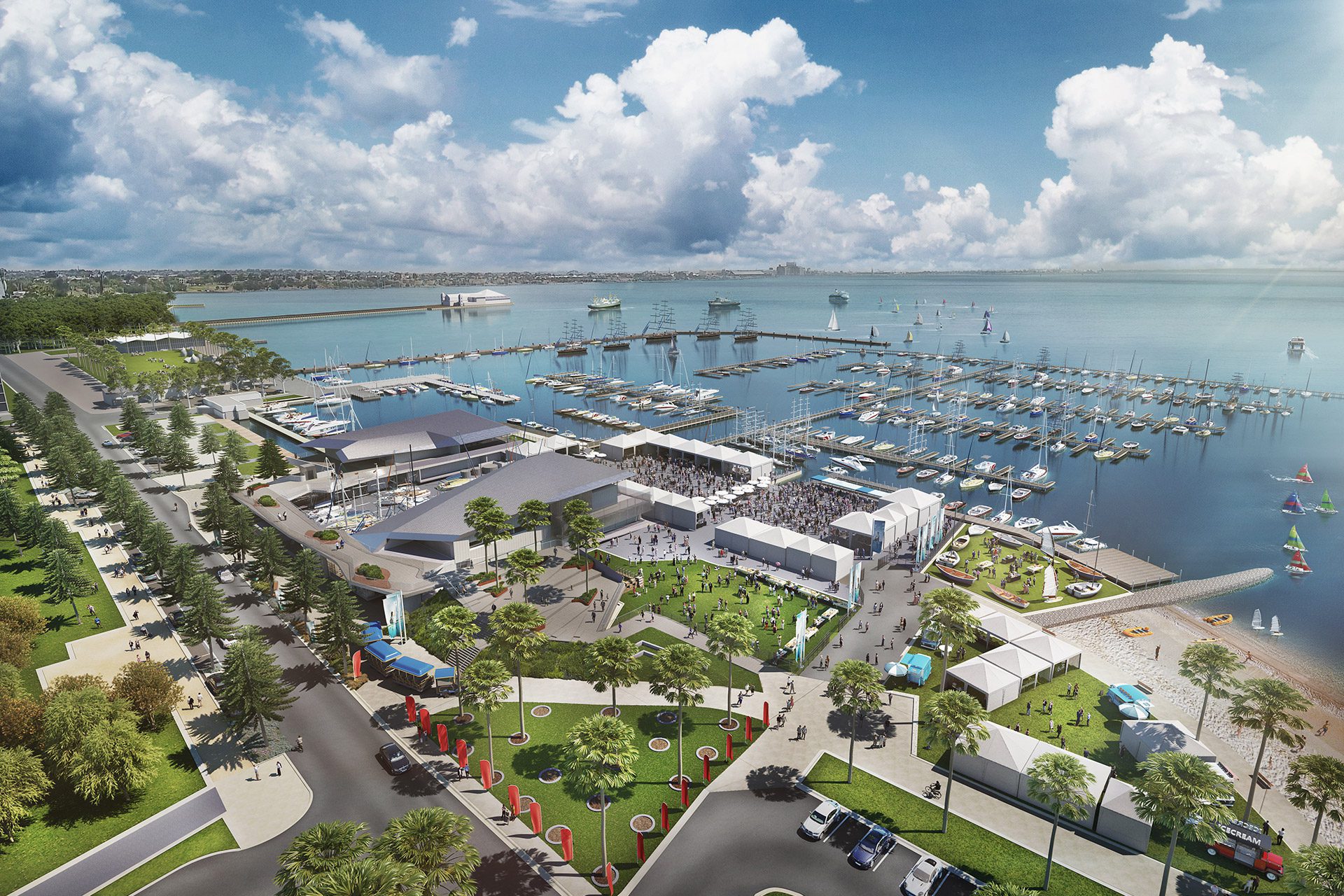Case Study
Landscape Architecture Foundation
Overview
Client
Phillip Island Nature Parks
Collaborators
Terroir
Wood Marsh Architecture
Wood & Grieve Engineers
Disciplines
Landscape Architecture
Location
Phillip Island, VIC
Date
2020
Imagery
Robyn Oliver Photography
Graham Hosking
Awards
Visitor Centre
2021 AILA Landscape Architecture Award – Tourism (VIC)
Penguin Plus Viewing Experience
2016 AILA Award of Excellence – Tourism (National)
2016 AILA Award of Excellence – Tourism (VIC)
2016 United Nations Association of Australia – 2016 World Environment Day – Infrastructure Innovation Award
Masterplan
2014 AILA Landscape Architecture Award – Planning (VIC)
The site of one of Australia’s most beloved wildlife attractions was reworked and revitalised, combining the area’s rich culture and coastal environment with a unique visitor experience.
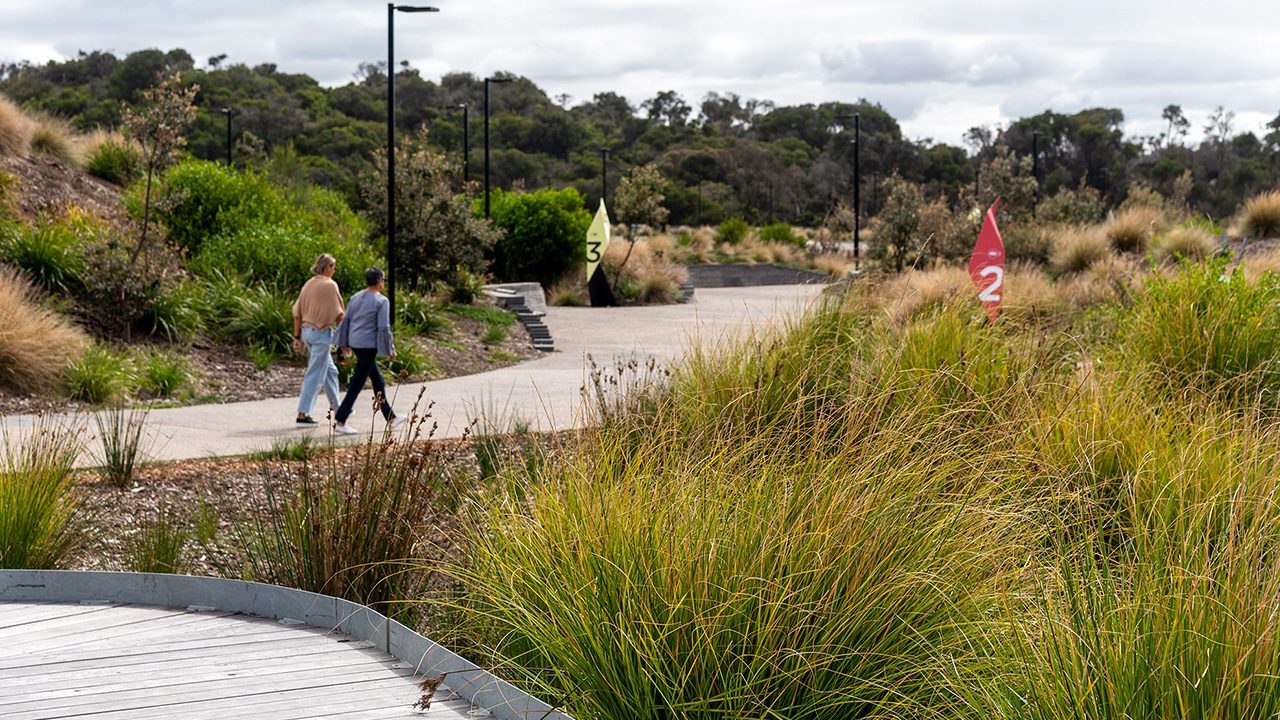
The Summerland Peninsula, at the western tip of Phillip Island, is a landscape with unique ecological, scenic and cultural values. It has always been a visitor destination, but the fragile coastal land is in places, subject to very high levels of use from both tourists and locals.
A legacy of outdated infrastructure had the potential to adversely impact the visitor experience of the Penguin Parade, the ecology of the peninsula and the reputation of Phillip Island as a tourist destination.
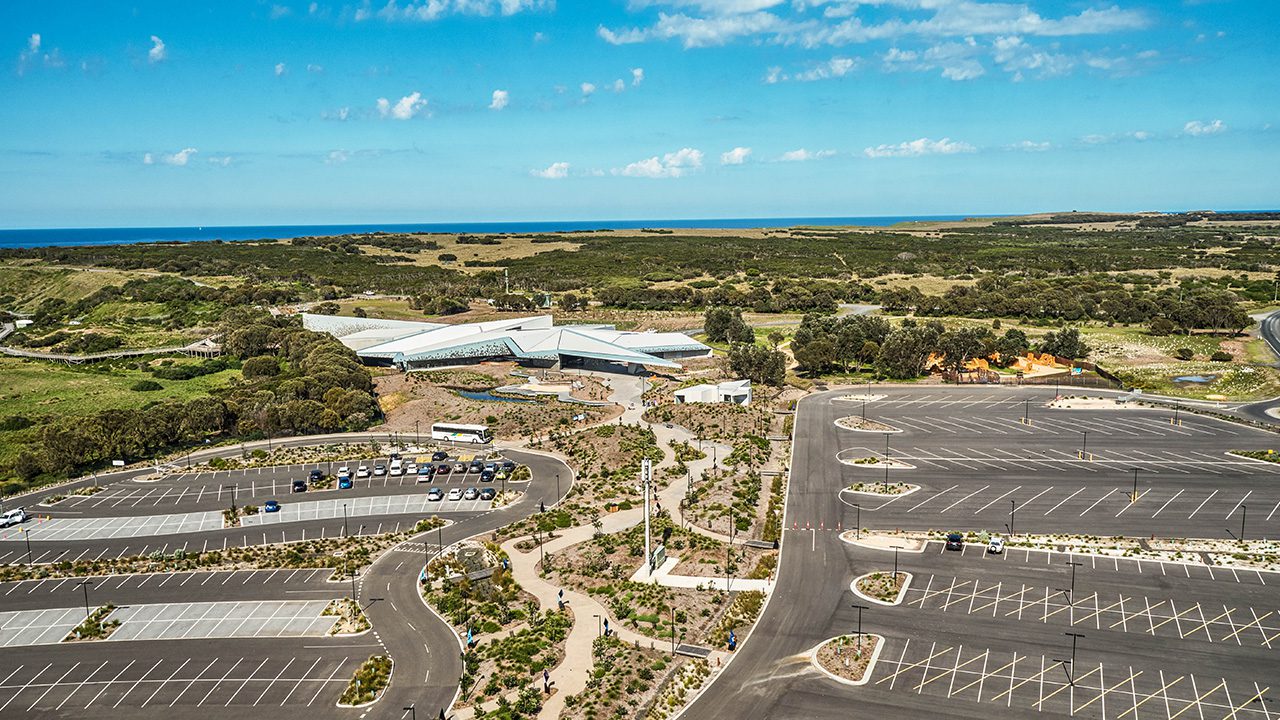
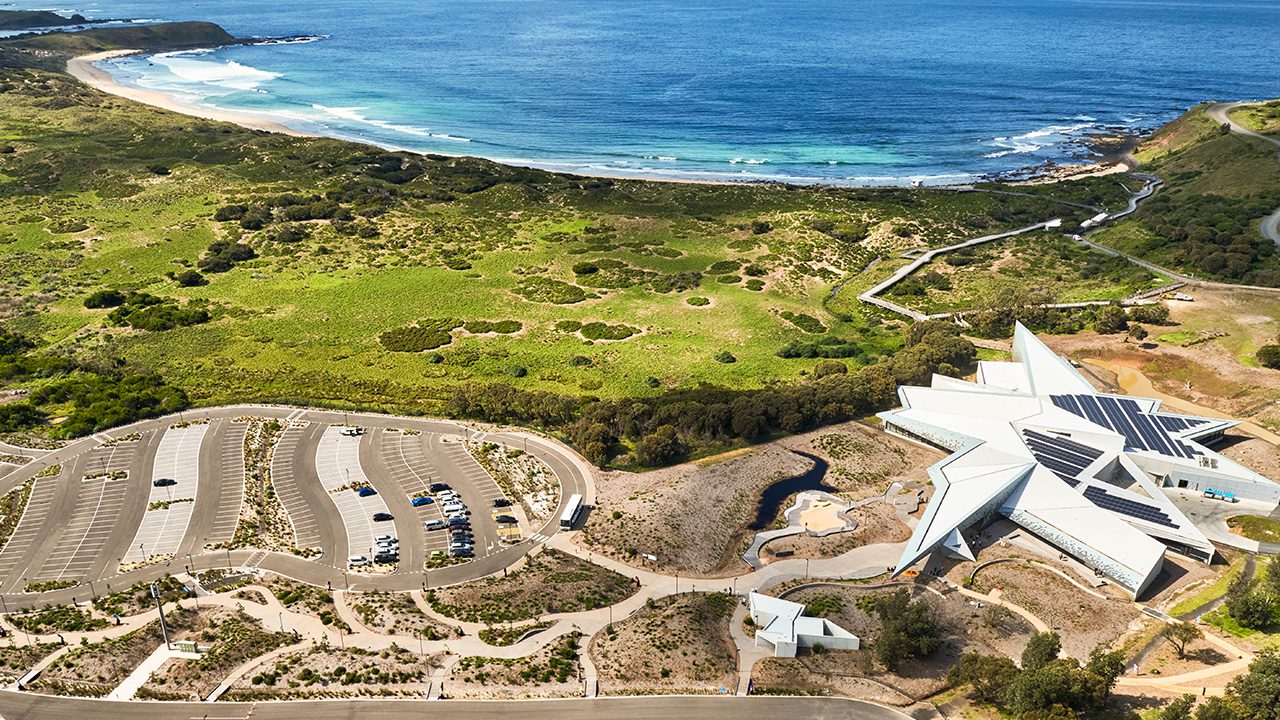
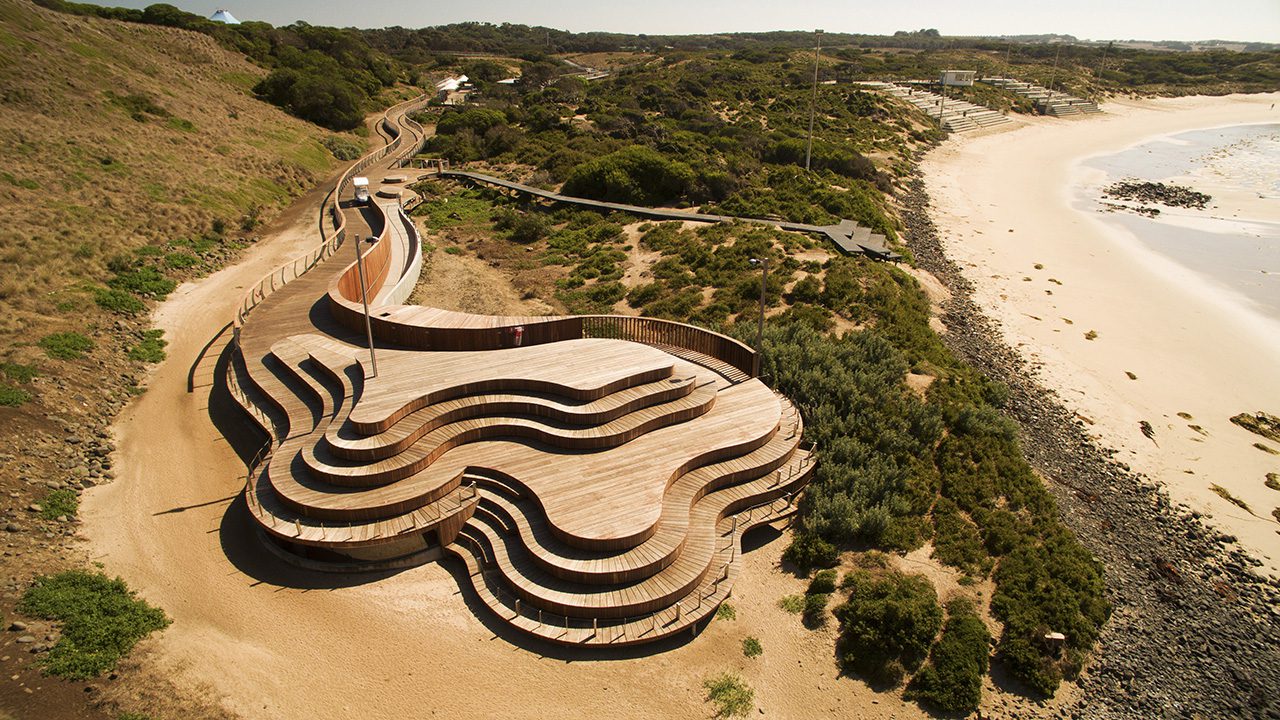
In 2010 we commenced a series of projects for the Phillip Island Nature Parks. The first established a Strategic Framework Plan for the Summerland Peninsula, defining ways in which the site could be managed as an integrated cultural, ecological and recreational landscape.
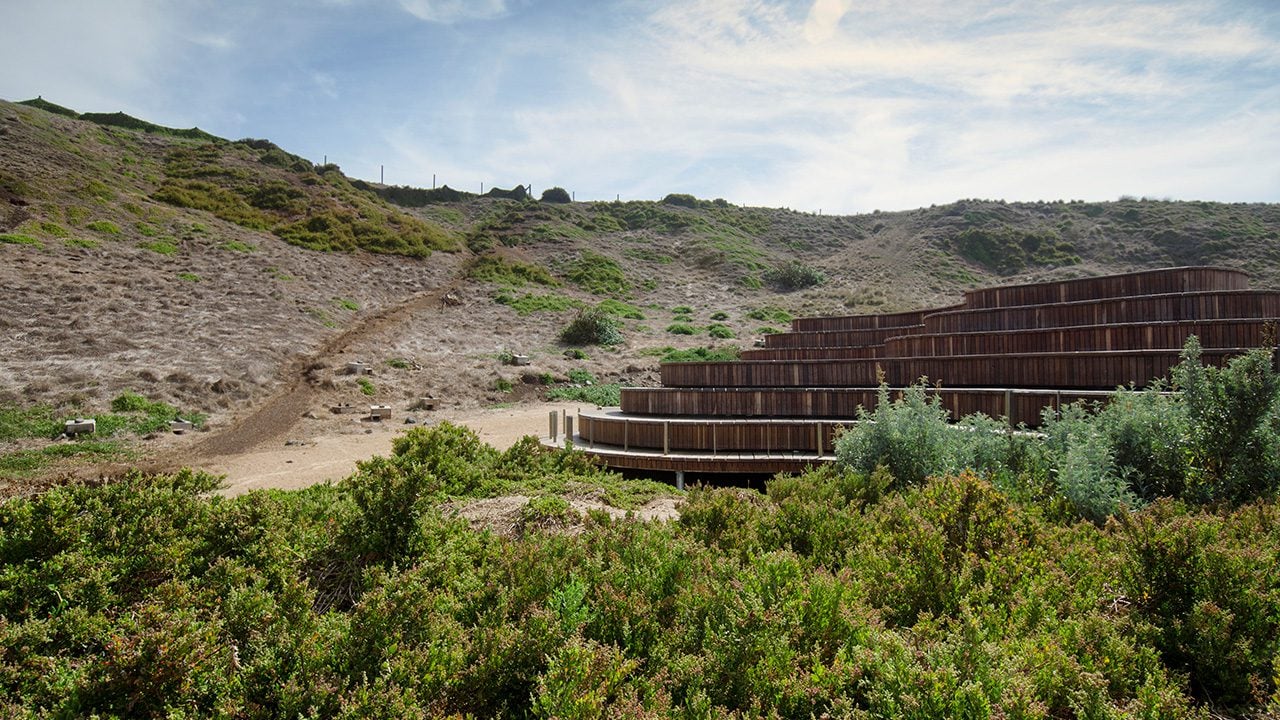
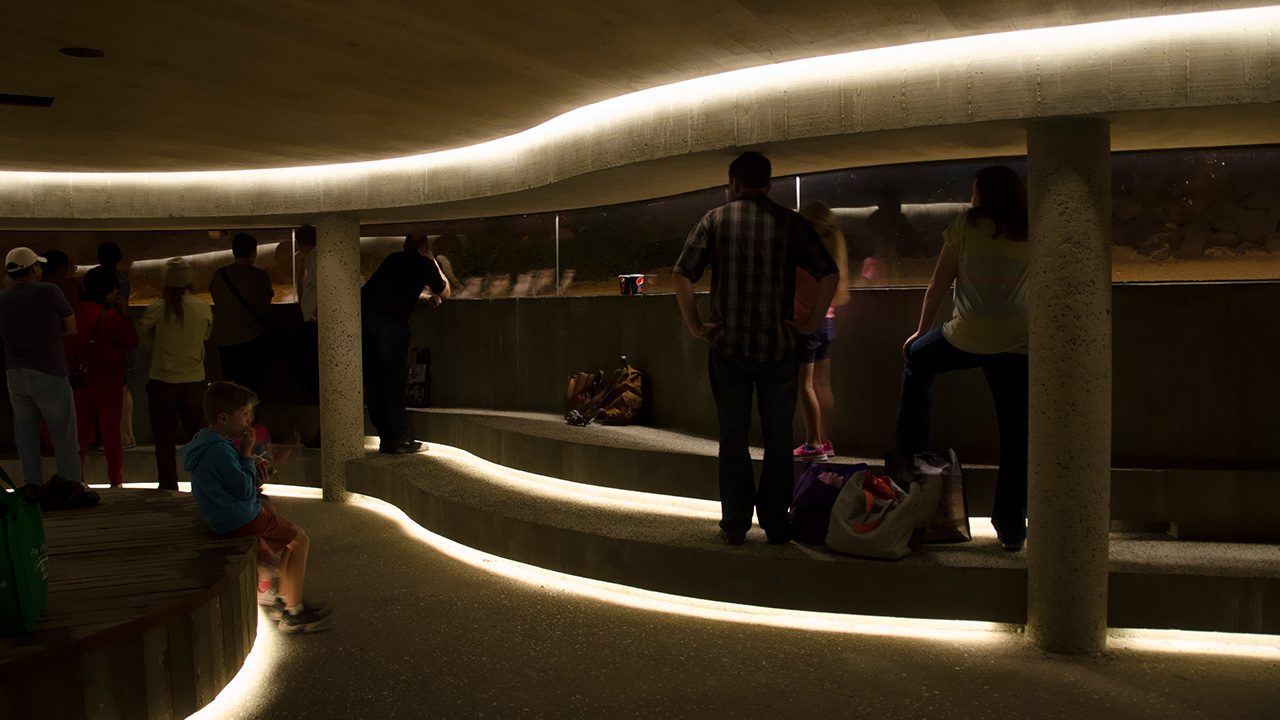
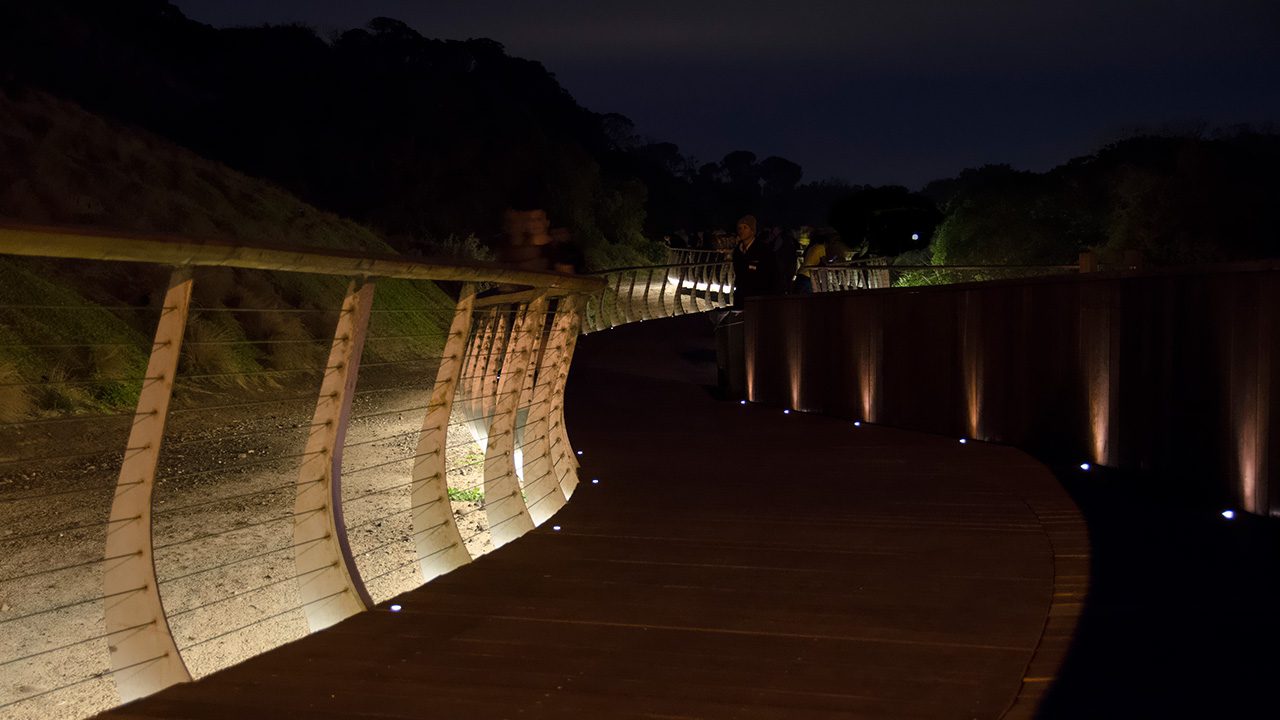
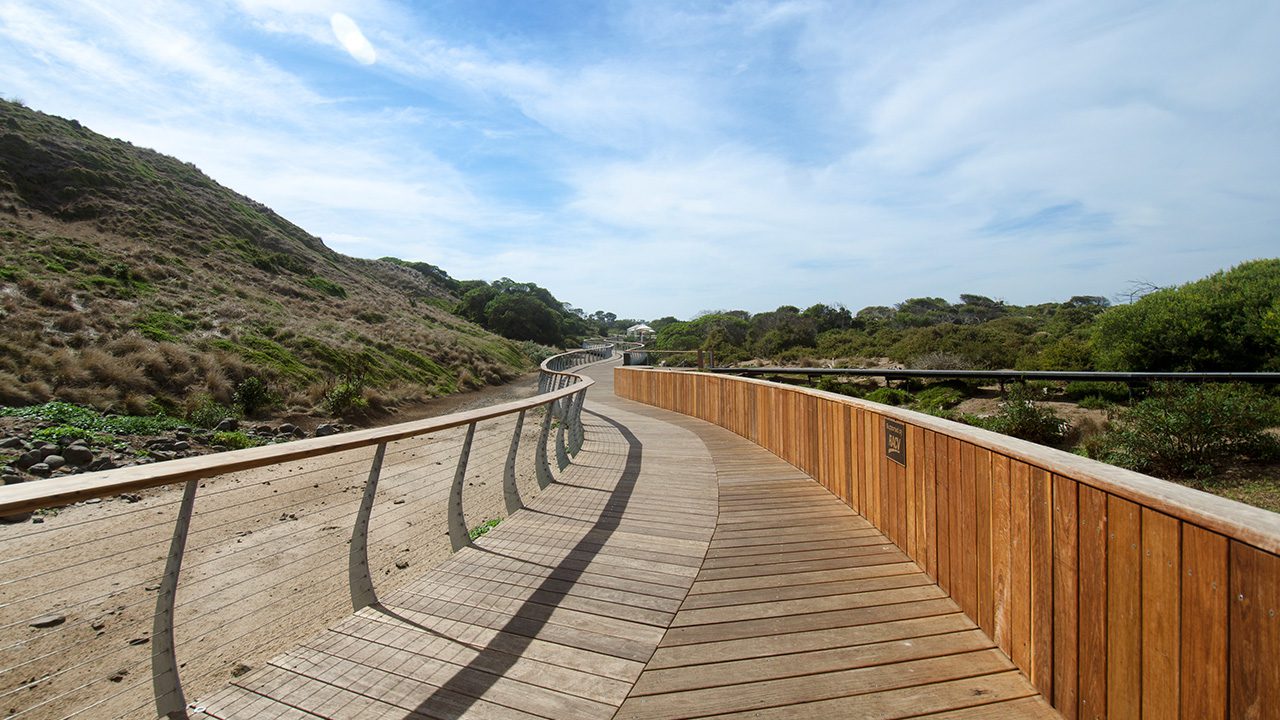
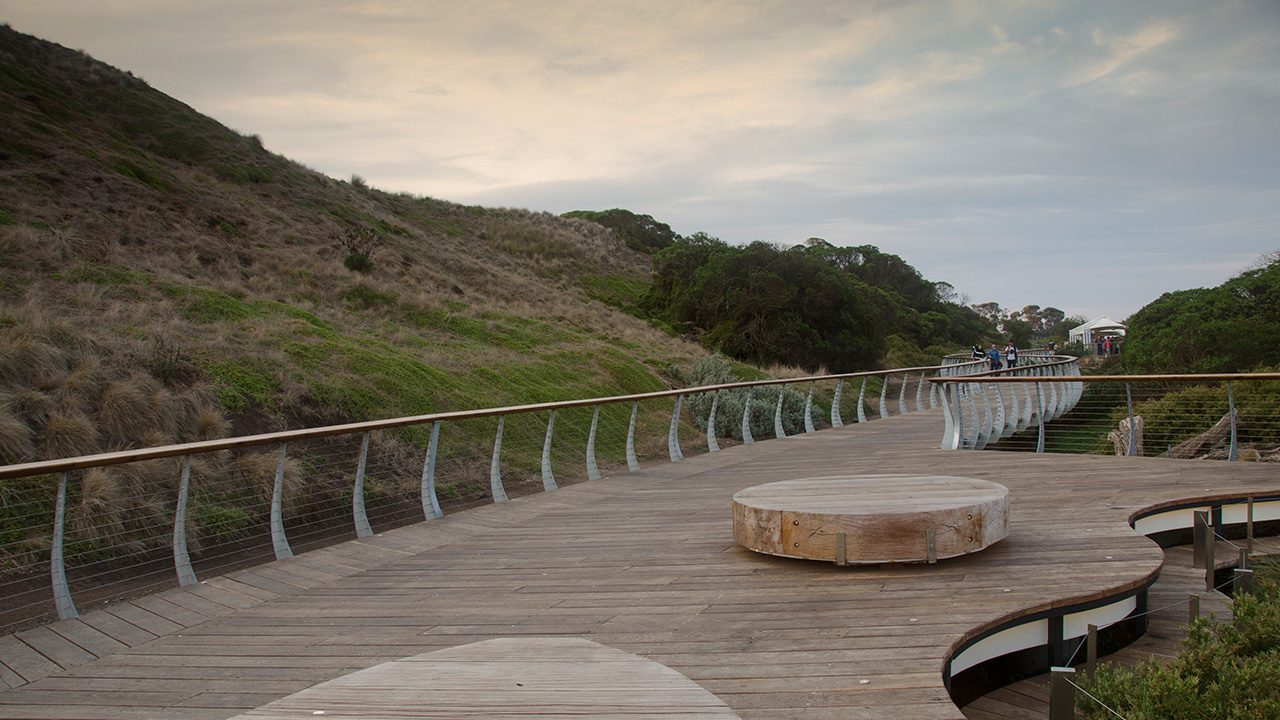
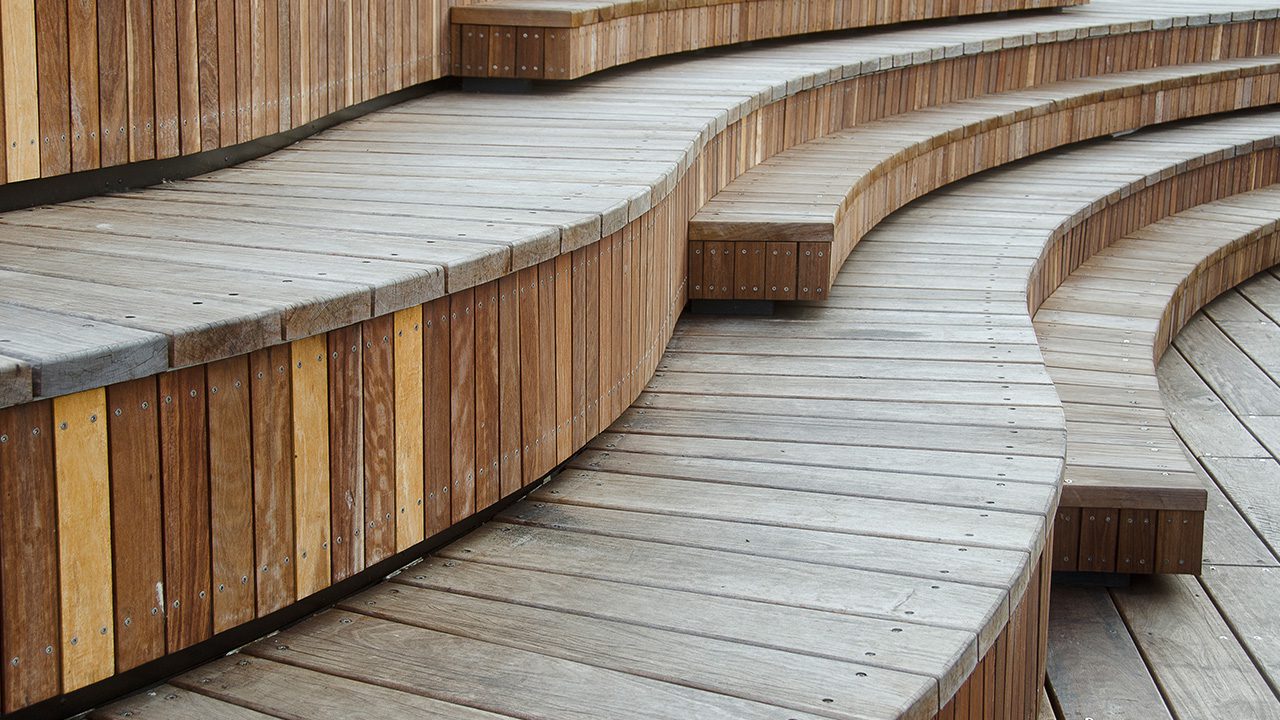
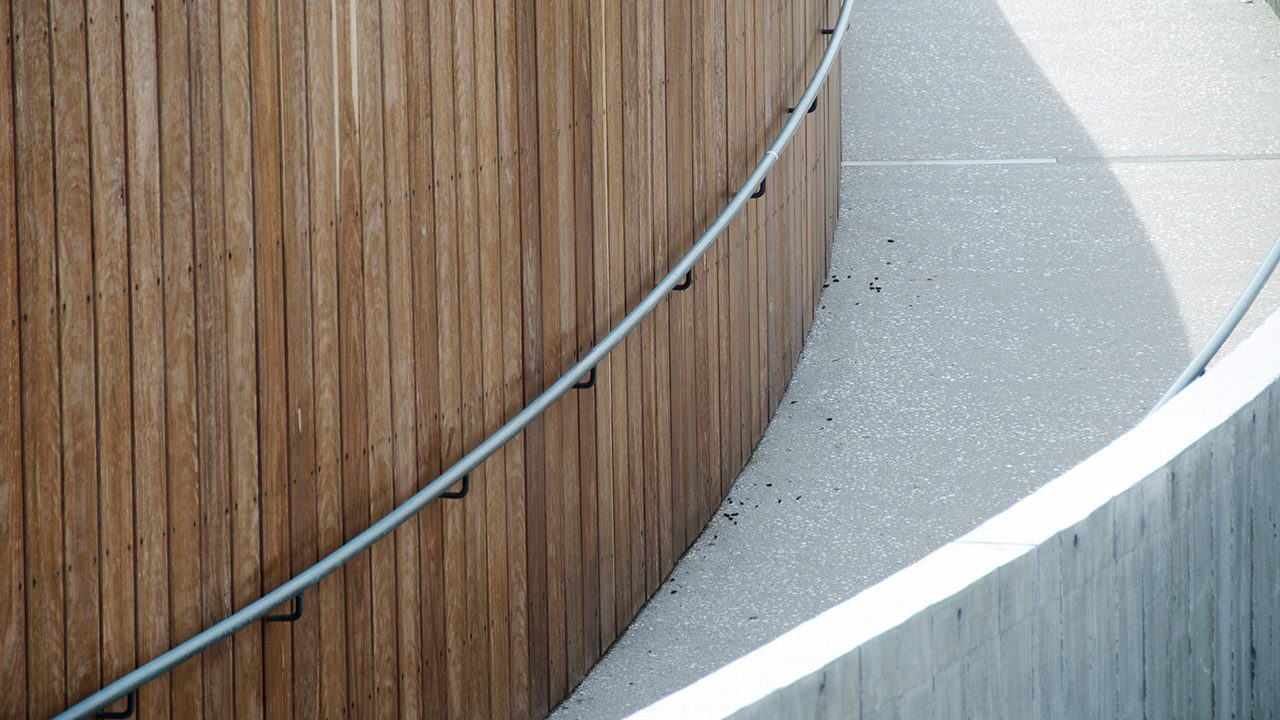
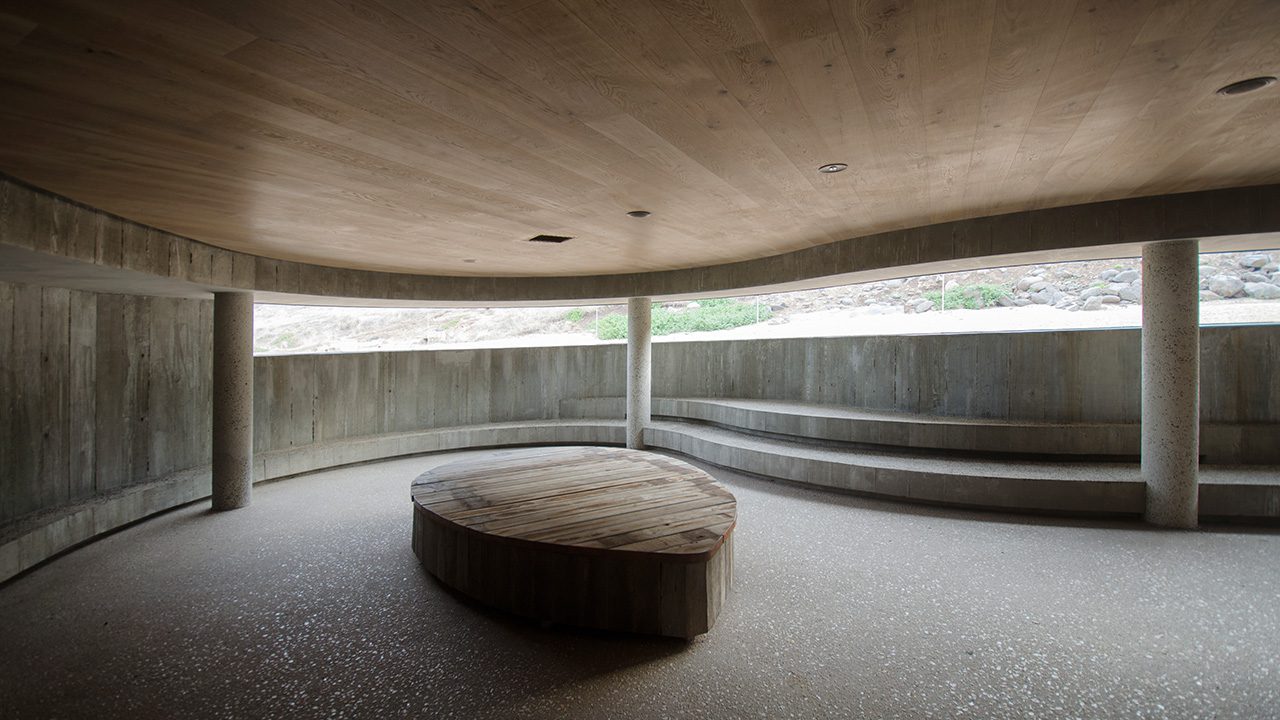
The subsequent Penguin Parade Master Plan developed new site planning principles, design and ecological rehabilitation models to meet contemporary conservation, recreation and eco-tourism needs – and to make the best of a small and physically constrained site.
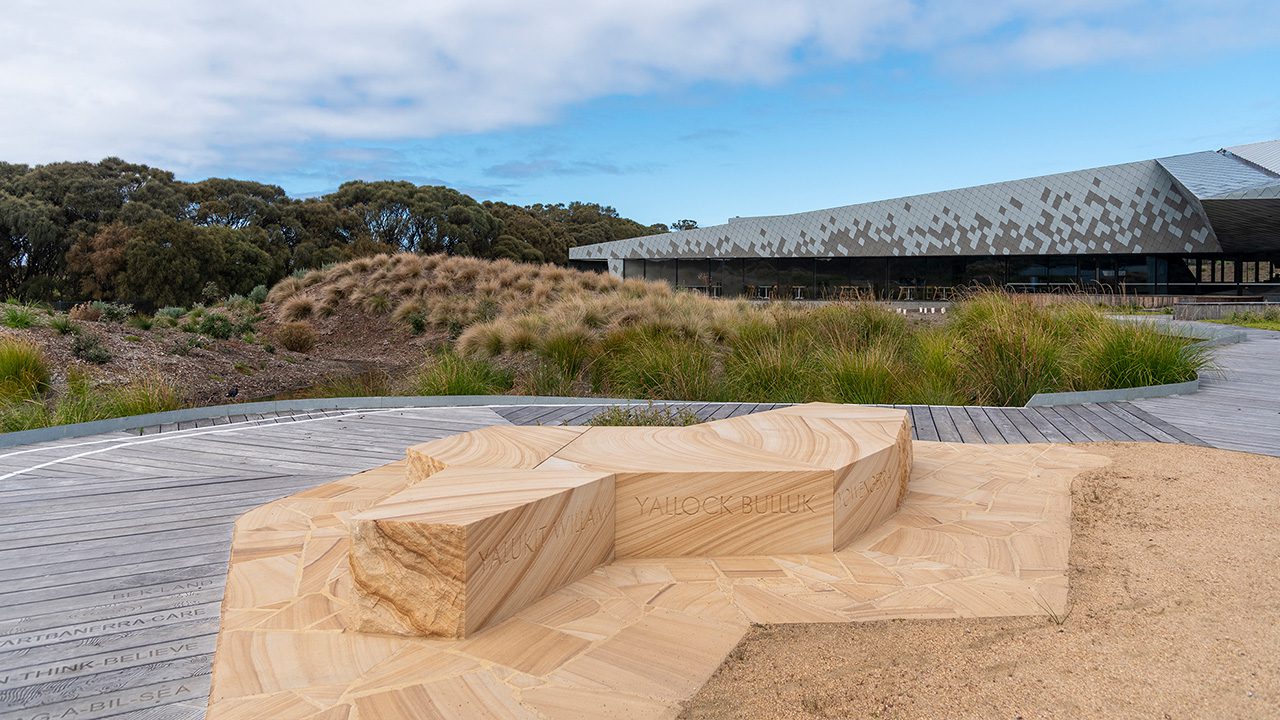
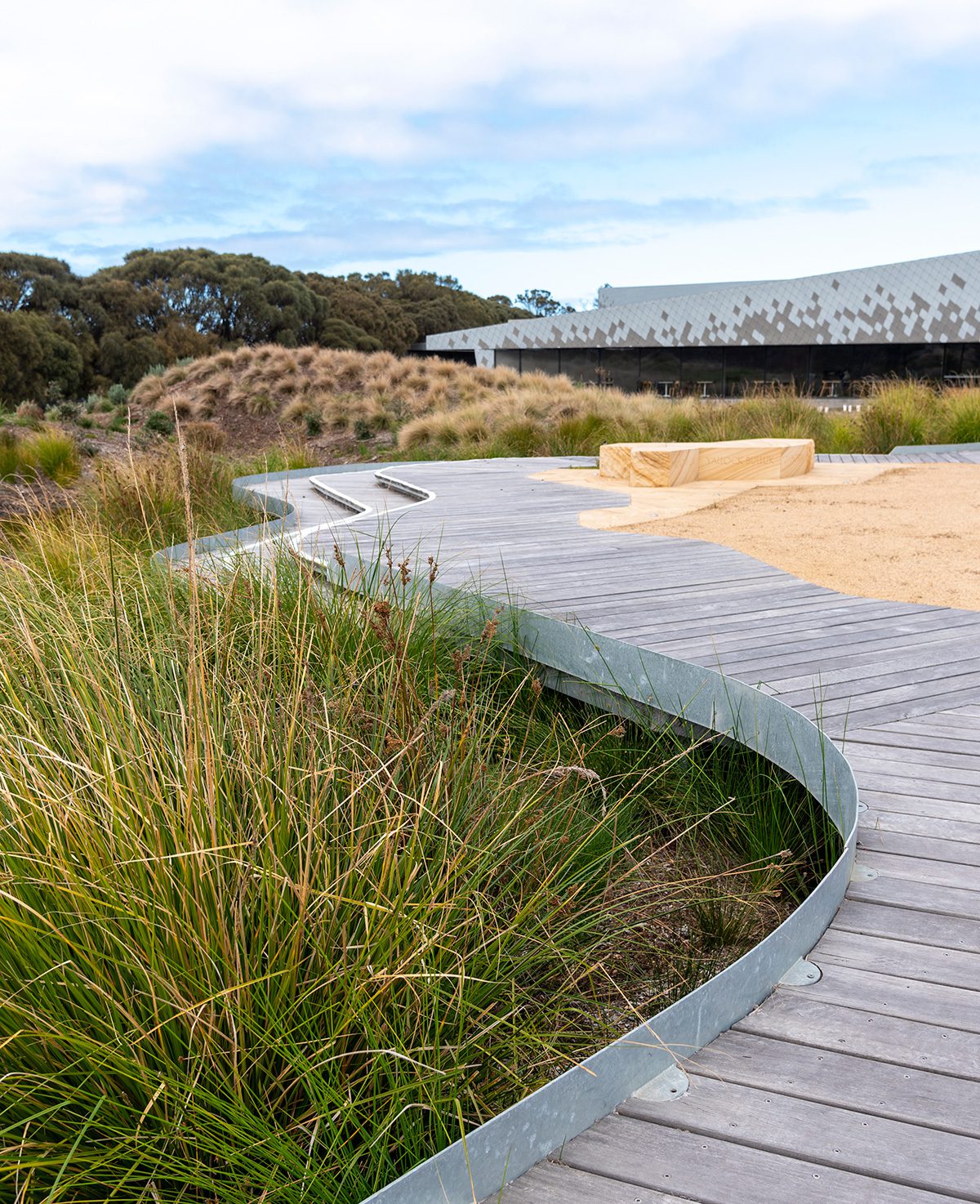
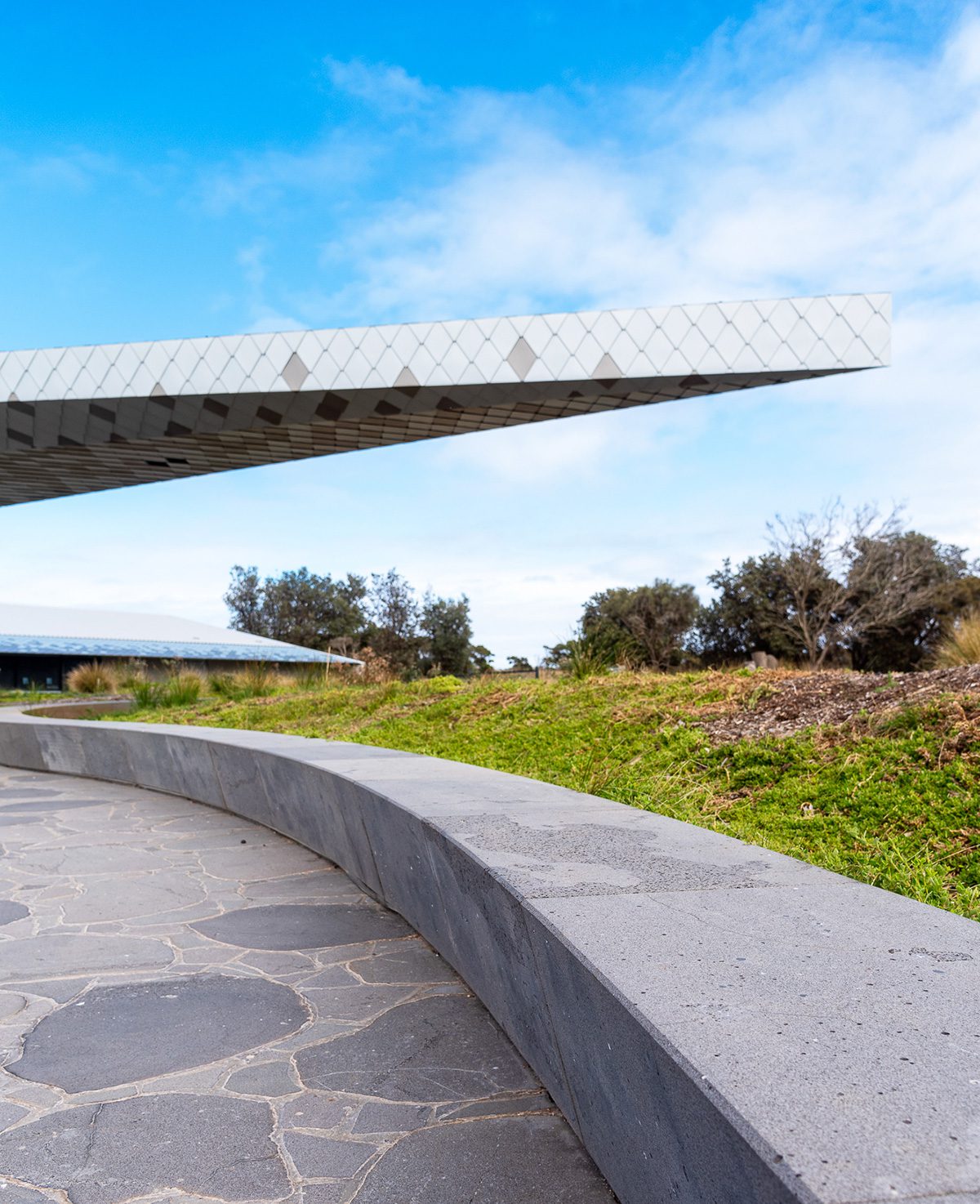
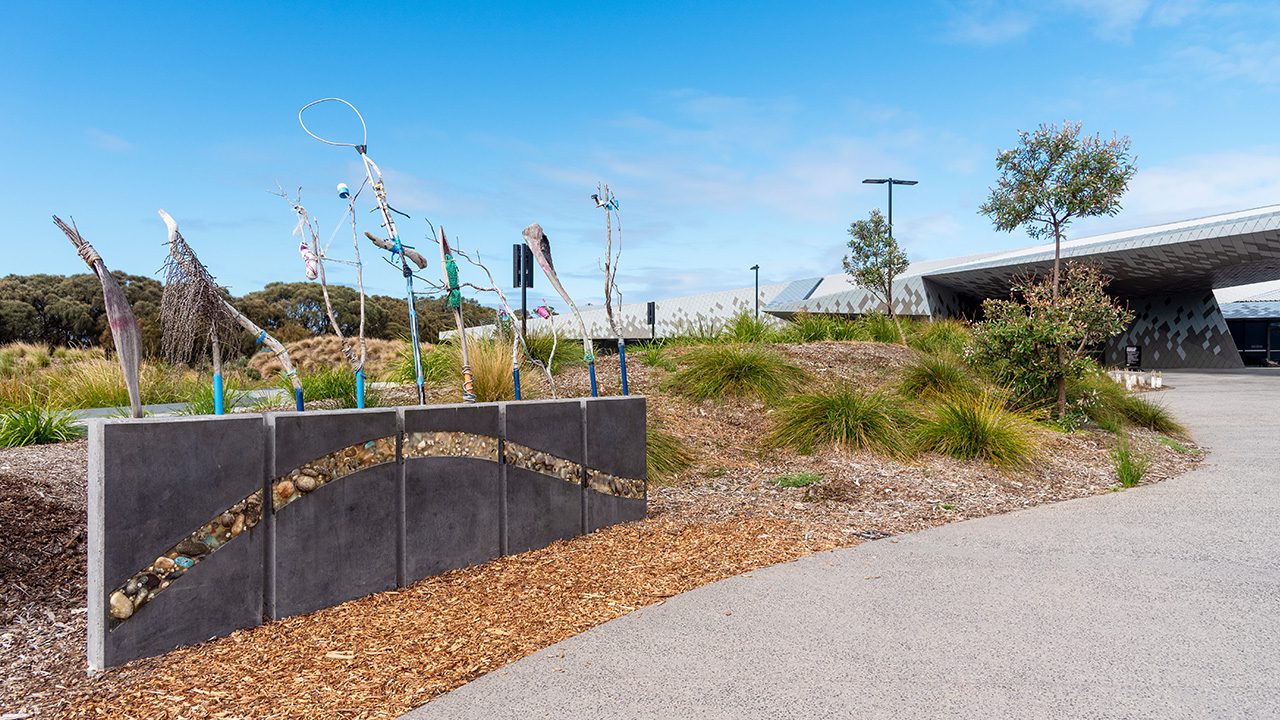
The completed Penguin Plus Visitor Experience features a world-class wildlife-viewing destination that captures the spirit and values of the place.
The design was the culmination of more than nine years’ work on various projects with Nature Parks, and is centred on offering a unique visitor experience: a boardwalk system follows newly created wetlands, a gathering space with tiered levels provides a setting for Traditional Owner storytelling and dance, or an outdoor classroom. Building edges provide seating, viewing zones or temporary event spaces.
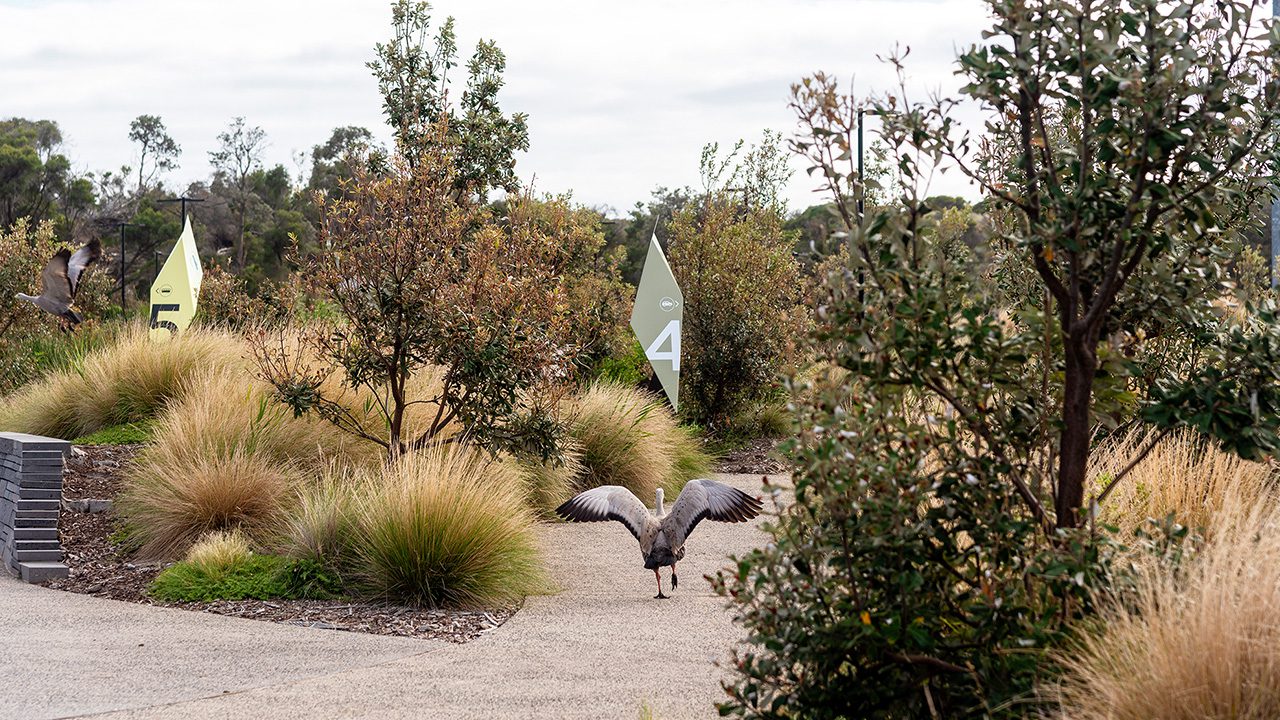
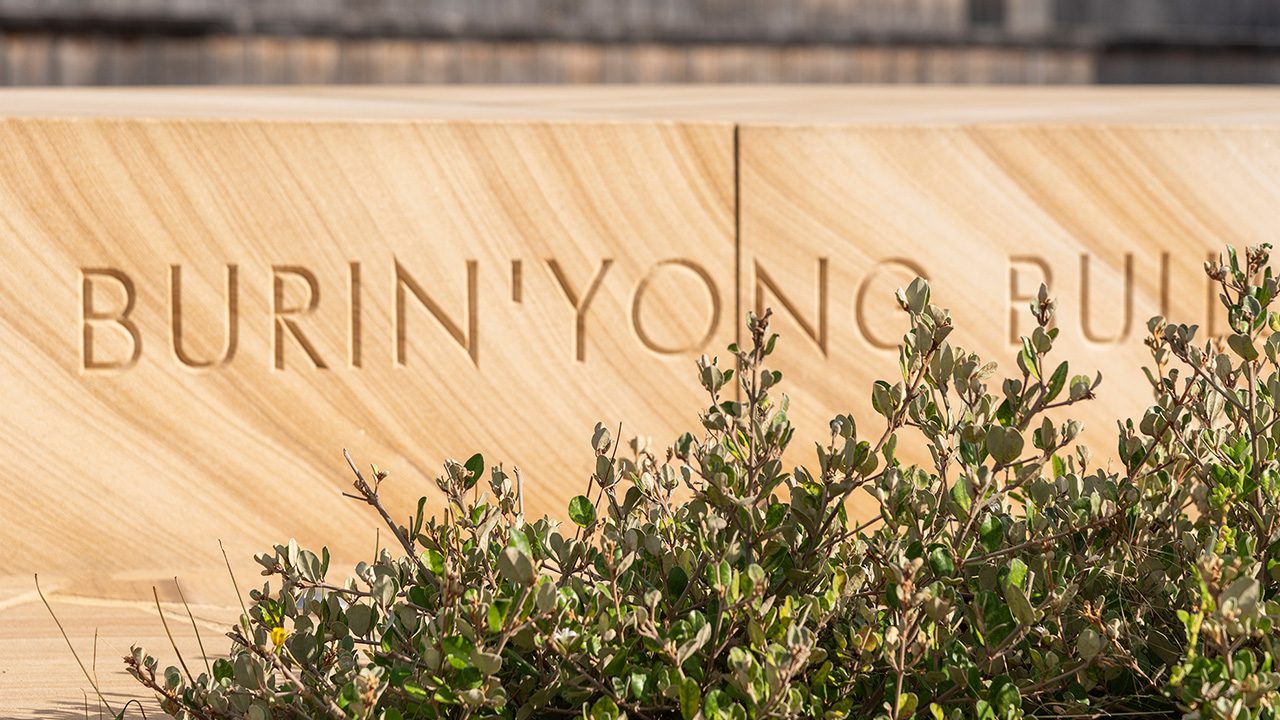
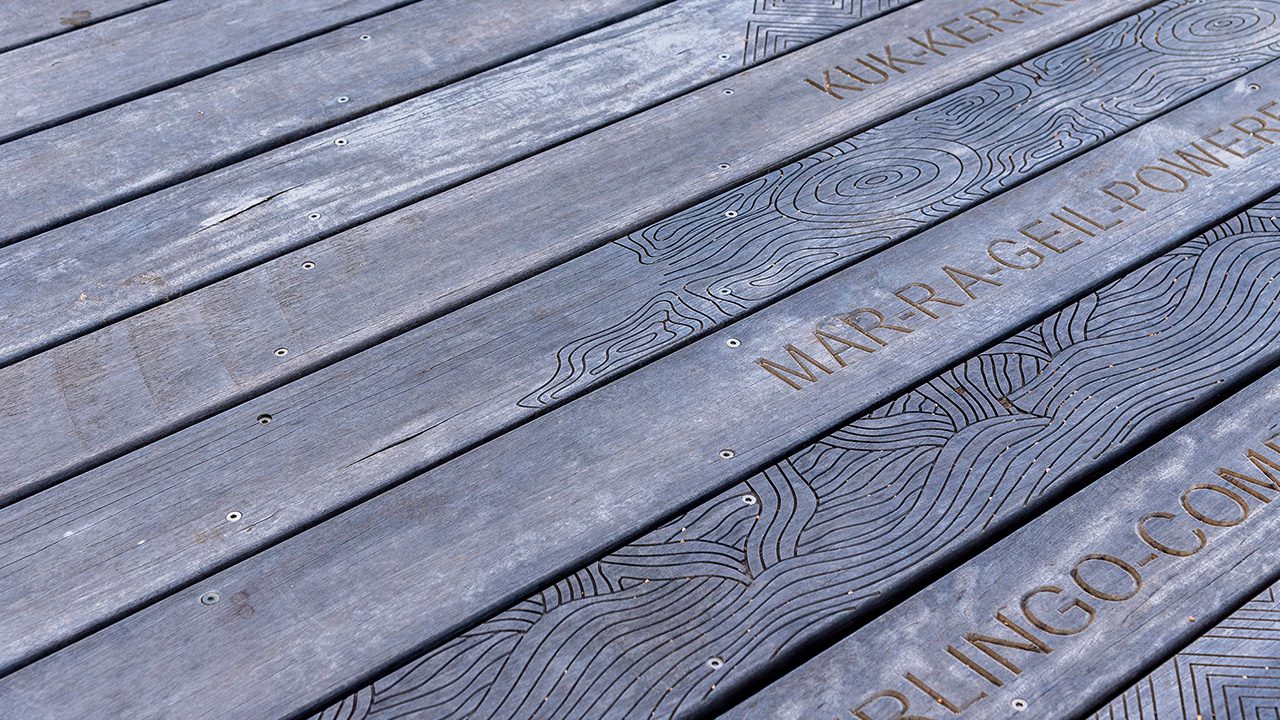
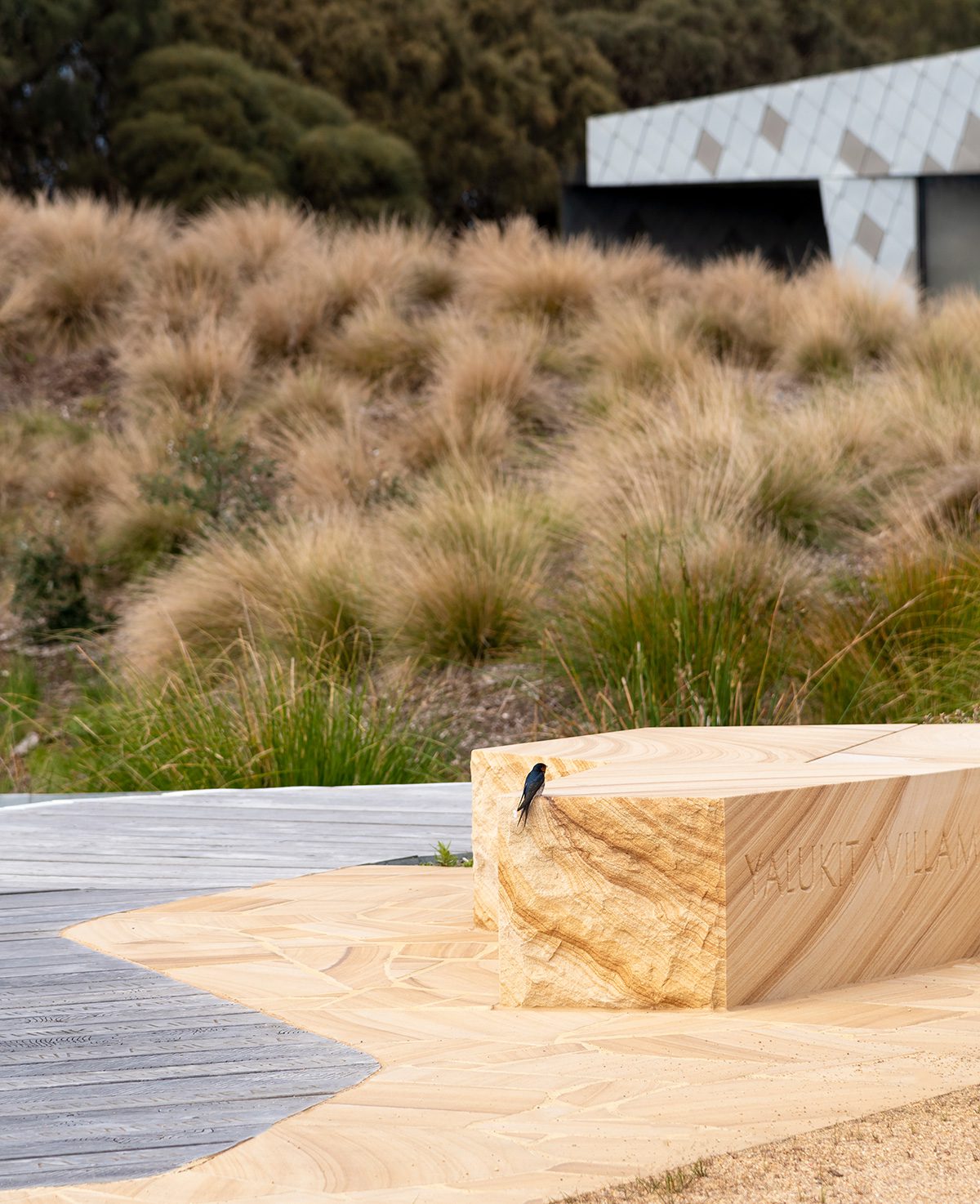
The Phillip Island Nature Parks landscape design is never concerned with formal design treatments; it is always about expressing the qualities of the coastal environment and showcasing the forces that have shaped this special place.
